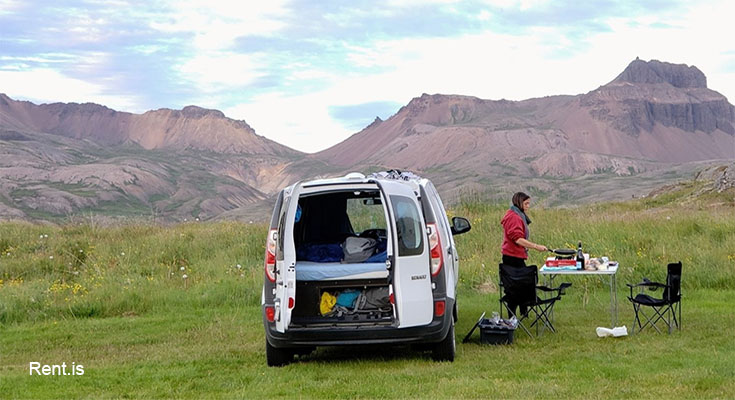There are many things to do in Iceland. Whether you are looking for a weekend trip or a month-long exploration, there is something to suit everyone’s budget. And if you’re on a tight budget, there are tons of ways to save money. If you have a silver budget, you can still enjoy the best of Iceland! Below the destination guide to Iceland.
Winter is the iciest month to visit Iceland
Winter is the iciest month to visit the island, but you can still enjoy the scenery. This white landscape is accented by bright wooden houses and subtle changes in the sky. If you can wait out the harsh winter weather, you can experience the Northern Lights, horseback riding, snowmobiling, and even hot springs. This is the best time to see the icy landscape and the Northern Lights.
March is the astronomical transition from winter to spring
The astronomical transition from winter to spring is a significant time for Iceland. This is because the number of daylight hours is increasing. The shortest day is March 1, followed by the longest on May 31. The black line represents the number of hours that the Sun is visible. The other two color bands indicate the number of hours that are night or twilight.
June is the month of the midnight sun
June is the month of the midnight sun in the country of Iceland. The sun does not set until 12:03am, the longest day is June 21. During the rest of the summer, it is possible to see the sun barely set and spend your time outside enjoying the natural light.
August is the best time to visit Iceland
August is one of the best times to visit Iceland for many reasons. The summer weather is pleasant, there is no ice, and you can still catch the Northern Lights. You can also see a variety of festivals during this time of year.
September is the quietest month to visit Iceland
While the best time to visit Iceland is between May and September, the quietest months are April and September. These months feature mild temperatures, long days and fewer tourists. If you plan to go during this time, booking flights and hotels well in advance is a must. In addition, you’ll find cheaper prices in these months.
October is the best time to visit Iceland
October is the best time to visit Iceland if you want to witness the first snow of the year. This is also the time when you can see the famous Northern Lights. Iceland’s weather is cold but not unbearable; temperatures typically range from 12degC to
20degC. The island is also covered with vibrant autumn colours, and the rain brings a distinct smell. You can also see migratory birds during this time.
April is the quietest month to visit Iceland
Iceland is a popular tourist destination, but if you want to get the best value for your money, try to visit during the shoulder season, between mid-November and April.
You’ll find lower prices for guesthouses and car rentals. Plus, there are fewer tourists in the north and east of the country.
January is the quietest month to visit Iceland
January is one of the quietest months in Iceland. The weather is cold but not freezing, making it a perfect time to go sightseeing. Most tourist attractions are open and the days are long. The day length in January is 13 hours 26 minutes, which is good for sightseeing. However, the temperature is still cold and feels like Winter.
This is a great time to go hiking or camping because of the beautiful scenery.





